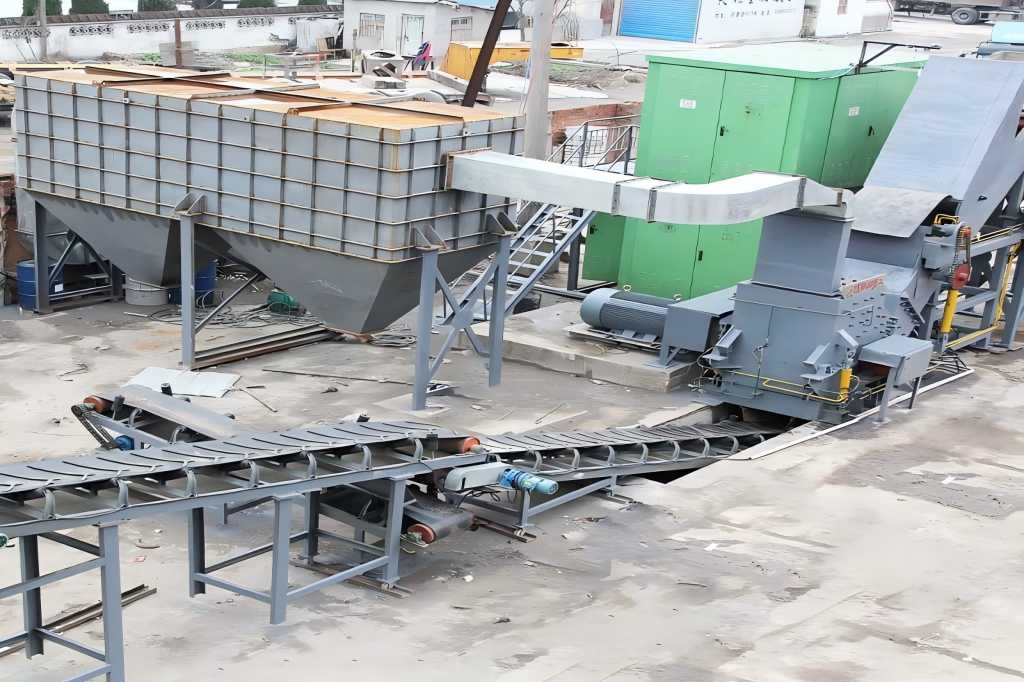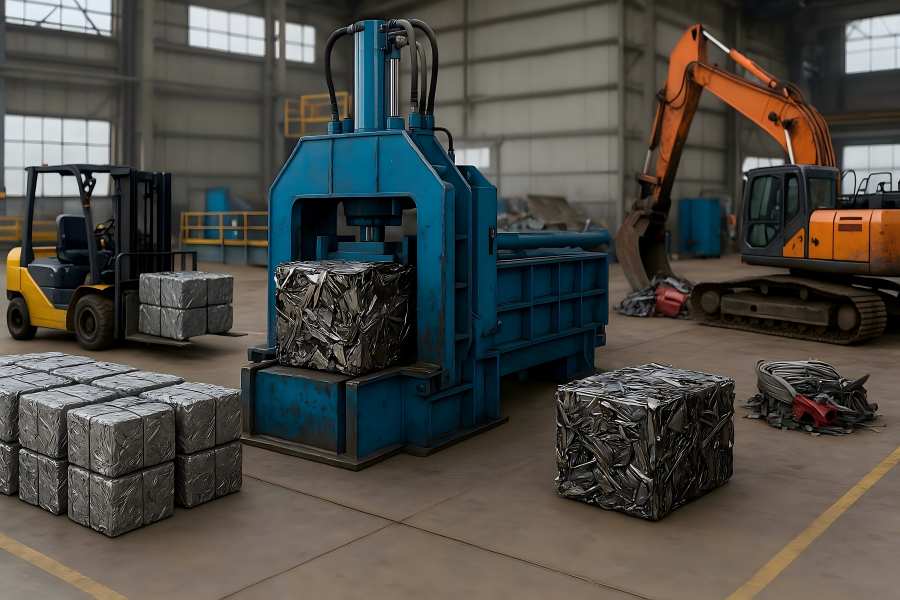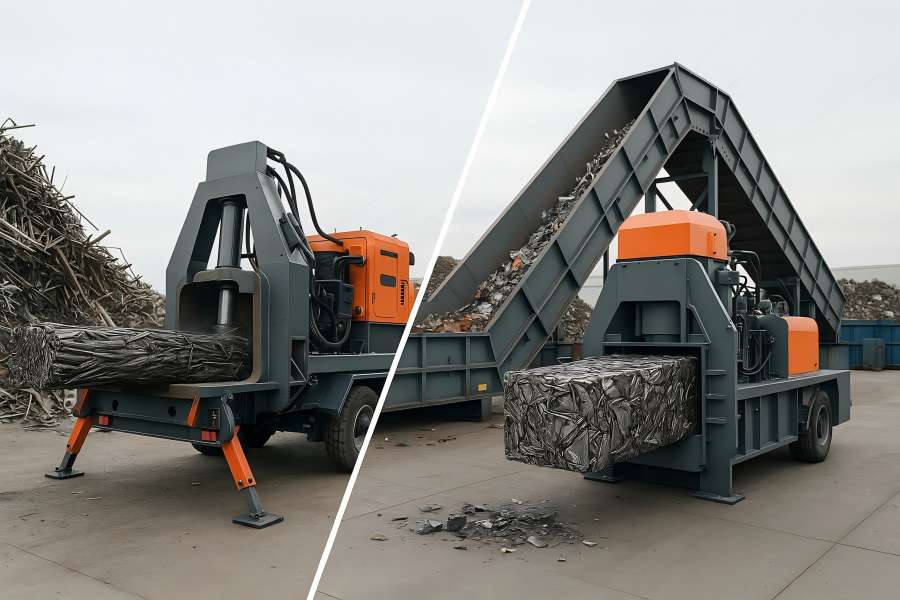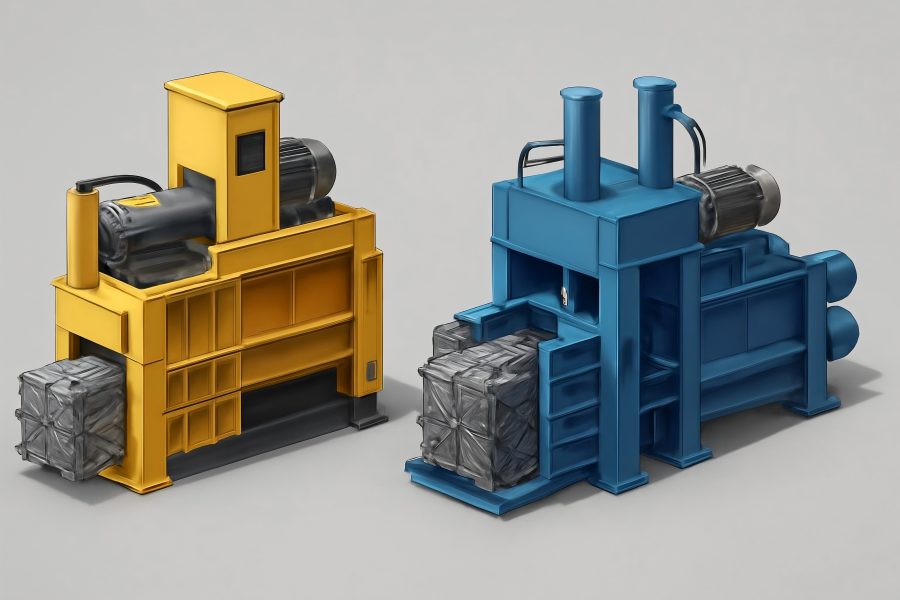With rising demand for raw materials, scrap recycling facilities must process more waste efficiently and sustainably. Upgrading to a scrap shredder line streamlines metal processing, boosts resource recovery, and strengthens competitiveness.
The top five advantages of installing or modernizing your recycling operation with a scrap shredder line are examined in this article.
1. Increased Processing Capacity and Speed
A major advantage of a scrap shredder line is its ability to process large volumes of material at high speed. Traditional methods often rely on manual or semi-mechanical processes that can slow operations, create bottlenecks, and limit your throughput.
Contemporary shredder lines may process a variety of materials and are built to run continuously, including:
- Light iron
- White goods
- End-of-life vehicles (ELVs)
- Construction and demolition scrap
- Non-ferrous metals
High-capacity shredders, such as dual-shaft or hammermill designs, can shred tons of material per hour, reducing it into smaller, more manageable pieces for downstream sorting and separation. With enhanced throughput, you can serve more clients, take on larger contracts, and significantly boost revenue.
In many cases, facilities that upgraded their shredder lines reported processing improvements of 50% to 200%, depending on the configuration and automation level. This capability is critical when competing for supply contracts in industries like automotive recycling, shipbreaking, and appliance disposal.
2. Improved Scrap Quality and Material Separation
Scrap quality is a deciding factor for downstream buyers, especially mills, foundries, and smelters that require consistent material specifications. A modern scrap shredder line contributes to higher scrap quality by delivering uniform particle sizes and cleaner outputs.
Advanced shredding systems are often paired with integrated separation technologies, such as:
- Magnetic separators: For ferrous and non-ferrous separation
- Eddy current separators: For isolating aluminum and copper from mixed waste
- Air classifiers and density separators: For separating light fractions like foam, rubber, and plastics
- Optical sorters: For further purification of non-metallic components
These features reduce the level of contaminants in the final output, which not only increases the resale value of the recovered metal but also enhances your facility’s reputation for delivering high-quality secondary raw materials.
Furthermore, some shredder lines incorporate modular screening systems that allow operators to adjust shred sizes based on customer requirements or downstream processing needs.
3. Lower Operational Costs Through Automation and Energy Efficiency
Although a scrap shredder line represents a significant capital investment, the long-term operational savings can be substantial. Modern shredding systems are built with energy efficiency and automation in mind, helping reduce labor, electricity, and maintenance costs. Here’s how:
- Variable frequency drives (VFDs) adjust motor speed to match load, reducing energy consumption.
- Automated feeding systems ensure consistent material flow, avoiding under- or overloading.
- Predictive maintenance is made possible via remote monitoring and diagnostics, which lowers repair expenses and downtime.
- Wear-resistant materials used in rotors, hammers, and liners extend component life and lower replacement frequency.
Some systems even offer AI-based load optimization, adjusting motor torque in real time to maintain peak performance without unnecessary energy usage.
In addition to cost savings, automation improves workplace safety by minimizing manual handling, reducing the likelihood of injuries from heavy or hazardous materials.
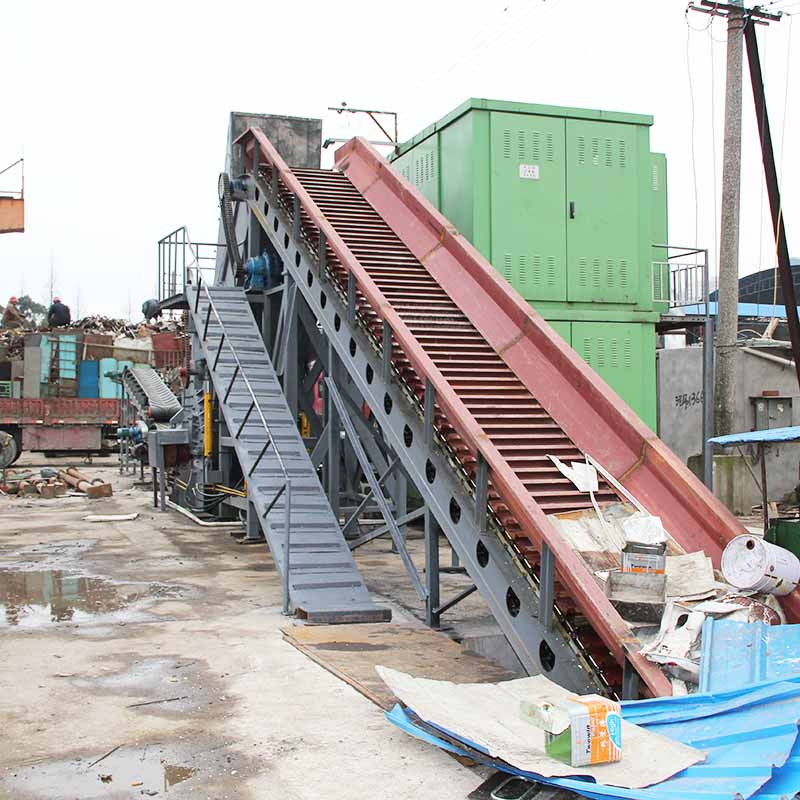
4. Regulatory Compliance and Environmental Sustainability
Environmental regulations are becoming increasingly stringent, especially regarding emissions, noise levels, and dust control. Upgrading to a modern scrap shredder line ensures compliance with these standards while promoting greener recycling practices.
The shredders of today have the following features:
- Dust suppression systems and enclosed buildings to lessen air pollution
- Noise-reducing barriers or acoustic enclosures for urban or sensitive locations
- Water mist or foam injection systems to suppress explosions caused by residual fuels in ELVs
By investing in compliant and eco-friendly technology, your facility gains not only regulatory peace of mind but also enhanced corporate reputation. Many businesses now consider the sustainability credentials of their supply chain partners, so being seen as an environmentally responsible recycler can open doors to new partnerships.
Moreover, some jurisdictions offer incentives, subsidies, or tax relief for upgrading to cleaner, more efficient scrap processing equipment. That means your shredder line upgrade could also make financial sense in the short term, thanks to government support.
5. Business Growth and Competitive Advantage
At the end of the day, upgrading to a high-performance scrap shredder line is about future-proofing your business. With the right equipment in place, your facility can attract more customers, expand into new markets, and increase profitability.
Some business advantages include:
- Diversification of scrap types: Process cars, appliances, industrial scrap, and more with one line
- Faster turnaround times: Meet tight client deadlines and win repeat business
- Data-driven optimization: Use smart sensors to track input/output ratios, material composition, and efficiency
- Scalability: Modular shredder systems allow future expansion without full overhauls
Additionally, offering value-added services like certified material grading, customized shred sizing, or downstream material packaging can set your operation apart in a crowded market. Clients are more likely to stick with a facility that delivers consistent quality and fast service, both of which are enabled by a well-designed shredding line.
Is It Time to Upgrade?
Whether you’re operating a regional scrap yard or a large industrial recycling facility, upgrading to a modern scrap shredder line can provide an unmatched return on investment. The benefits—from improved capacity and quality to lower costs and better compliance—create a strong business case for taking the leap.
As competition tightens and environmental standards evolve, facilities that modernize their equipment today will be best positioned to lead the scrap processing industry tomorrow.

